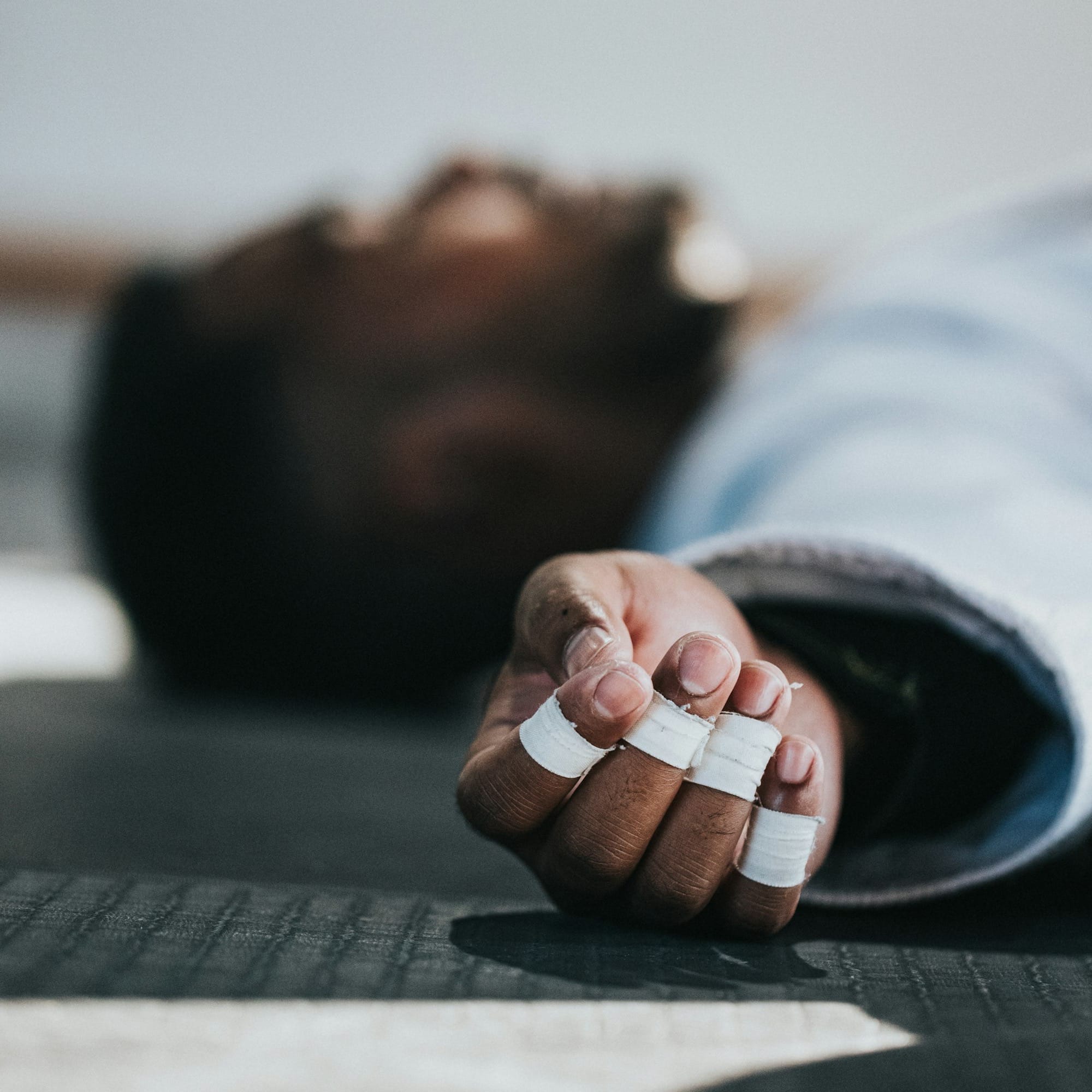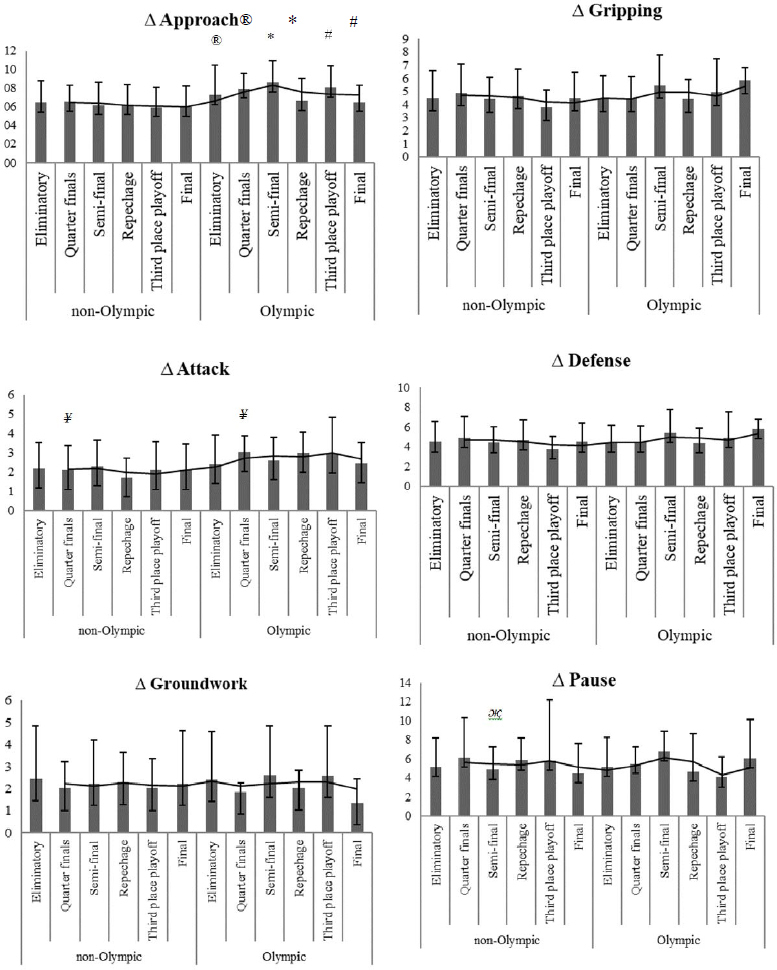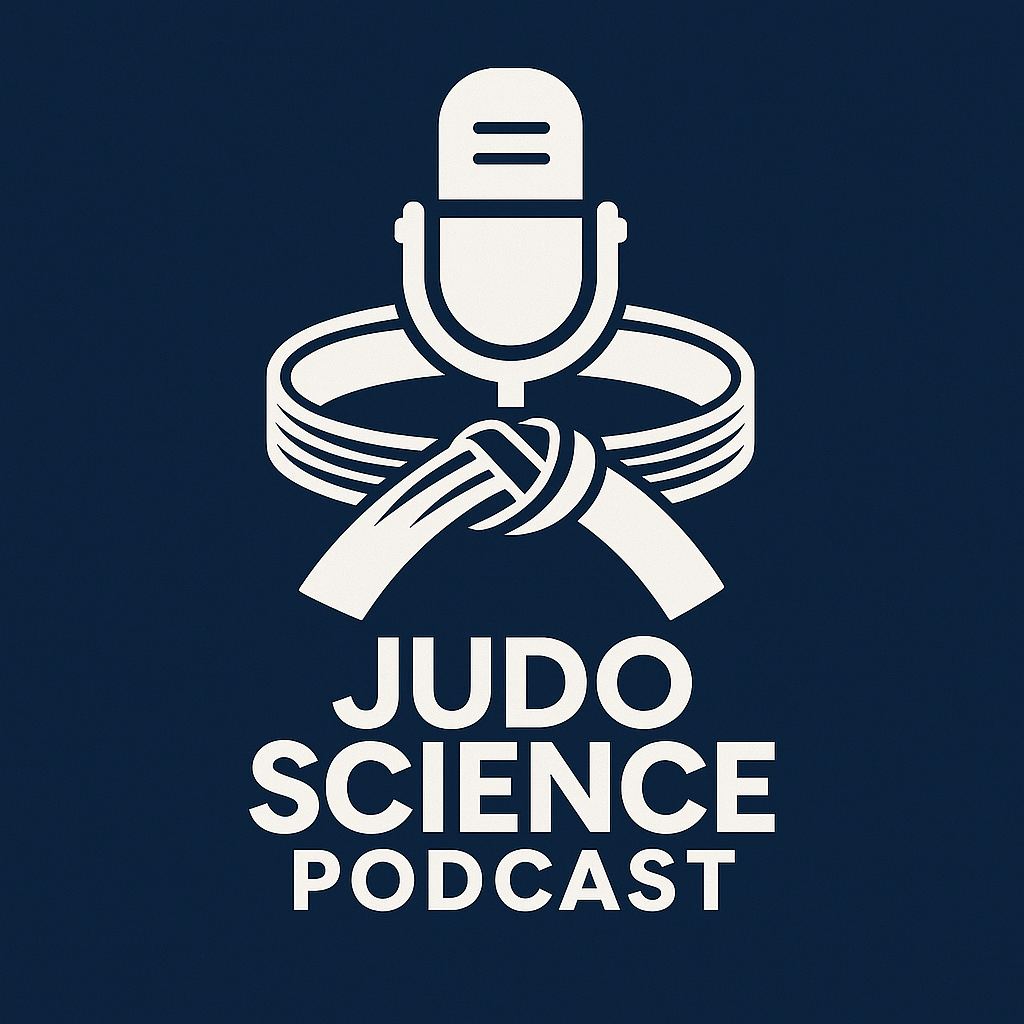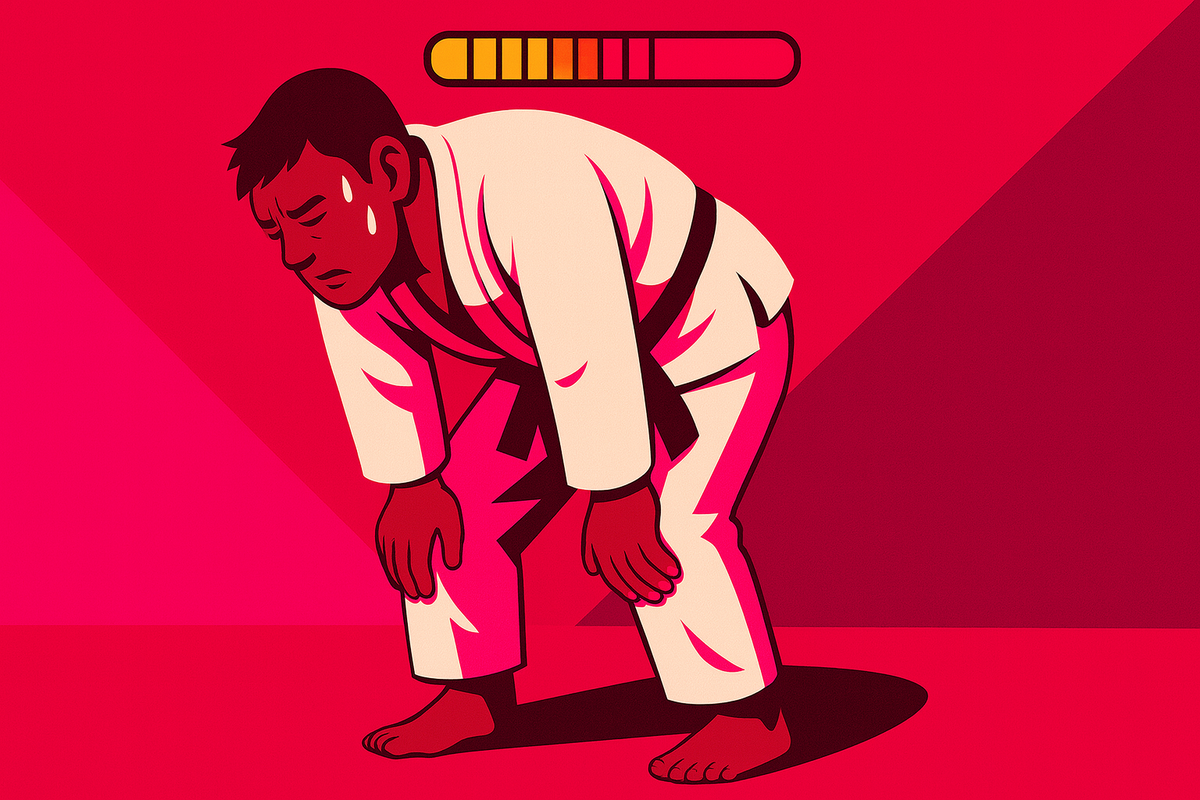The first thing to go isn’t your opponent’s grip—it’s your lungs.
Your arms feel like concrete, your heart’s already sprinting, and the referee hasn’t even called hajime yet. Ask any judoka who’s stumbled into golden score after three matches in a row: the real enemy isn’t always across the mat. It’s inside you, siphoning strength, asking: how much do you have left to spend? Yet here’s the paradox—what looks like collapse is often strategy.
Fatigue doesn’t just crush judoka. It forces them to get smarter.
In this NotebookLM podcast episode, we look at Judo training methodologies and combat dynamics, with a particular focus on cardiovascular fitness and pacing strategies. One article offers practical guidance on cardio for Judo players, advocating for High-Intensity Interval Training (HIIT) due to the sport's stop-start nature and the need for rapid recovery between intense bouts. The other two sources present scientific studies investigating physiological responses and pacing in simulated and actual Judo matches, analysing effort-pause ratios and decision-making under various fatigue levels and championship phases..
⸻
The Stop-Start Puzzle of Judo
Unlike a 5K run, a judo match is pure chaos. Bursts of 20–30 seconds: violent grip battles, feints, and explosive throws—then sudden stillness. Four minutes can feel like forty. Golden score stretches into purgatory, where every twitch could be fatal.
Olympic veteran Jimmy Pedro once endured seven matches in a single day. That’s not endurance in the marathon sense—it’s survival in a series of small wars. The secret isn’t endless gas in the tank, but mastering how to spend it.
⸻
When Fatigue Knocks on the Door
Physiologist Emerson Franchini showed that judoka enter later rounds already maxed—heart rates spiking, lactate flooding. In plain English: they’re overheating before the fight even starts. And yet, the data reveals something curious. Despite the metabolic storm, athletes don’t stop attacking. Instead, they change what those attacks look like. Grip battles taper. Movement becomes more circular, less grinding.
Further Reading: Franchini, Emerson & Takito, Monica & Alves, Elaine & Shiroma, Seihati & Julio, Ursula & Humberstone, Clare. (2019). Effects of Different Fatigue Levels on Physiological Responses and Pacing in Judo Matches. Journal of Strength and Conditioning Research. 33. 1. 10.1519/JSC.0000000000003006
It’s less like a car running out of fuel and more like a driver quietly downshifting, coasting until the next burst. Fatigue isn’t an off switch—it’s a rewriter of tactics.

⸻
Pressure as a Training Tool
This is where psychology collides with physiology. Feeling tired is its own opponent. Coaches know this, which is why they create crucibles. In The Judo Way of Life #1 – Pressure Training, judoka David Groom describes sessions where you don’t get to breathe: relentless attacks, no exits. It’s controlled drowning. The purpose isn’t masochism—it’s calibration.
Athletes learn to throttle back without giving in, to carry exhaustion like background noise while waiting for the one clean opening. It’s chess, but your body is on fire.
⸻
Championship Chess: Pacing as Strategy
At the Olympic level, pacing turns from survival tactic to weapon. Research by Miarka et al. shows that finals actually slow down: longer pauses, extended approaches, more waiting. It’s counterintuitive—why go slower when the stakes are higher? Because patience is predation. Both players know that the wrong grip, the wrong twitch, could end it.
Further Reading: Miarka, Bianca & Brito, Ciro & Amtmann, John & Córdova, Cláudio & Dal Bello, Fábio & Camey, Suzi. (2018). Suggestions for Judo Training with Pacing Strategy and Decision Making by Judo Championship Phases. Journal of Human Kinetics. 64. 219-232. 10.1515/hukin-2017-0196.
The parallel isn’t marathon running—it’s high-speed chess, or even a Counter-Strike match where the last team standing wins not by rushing, but by baiting time until the perfect shot. Fatigue isn’t just tolerated here. It’s weaponized.


⸻
Training the Engine: HIIT and Tapering
So how do you train for a sport that demands both explosive chaos and tactical restraint? Not by jogging ten steady miles. As Matt D’Aquino argues, High-Intensity Interval Training (HIIT) mirrors judo’s rhythm better: row sprints, lightning randori bursts, speed uchi-komi. It’s the physiology of the street fight dressed up as training science.
And then—paradox again—you taper. Two-hour grind sessions dull your edge. The best prep is shorter, sharper, with long rests that let explosiveness reload. True readiness means stepping onto the tatami fast, not fatigued.

Takeways for the Tatami
- Judo is intermittent chaos—bursts of violence, moments of stillness. Training should copy that rhythm.
- Fatigue doesn’t kill offense—it reshapes it. Grip less, circle more, strike when ready.
- Elite pacing is tactical. Longer pauses in finals are patience turned into weaponry.
- Pressure training matters. Simulated drowning teaches athletes to act smart under stress.
- HIIT > long cardio. Short bursts best prep the engine.
- Tapering isn’t softness. It’s sharpening.
⸻
Final Thought
Fatigue is inevitable. Pacing is optional. The judoka who wins isn’t the one with more fuel—it’s the one who knows when to burn it, when to coast, and when to risk everything on the throw.
Next time you step on the mat, ask yourself: are you fighting your opponent, or the ghost of your own empty tank?
Quiz: According to research by Franchini et al., how do judoka typically adapt their pacing when fatigue builds during matches?
A) They dramatically reduce attacks and rely on stalling tactics
B) They stop moving and conserve energy through inactivity
C) They maintain most attacks but reduce grip battles and shift to lower-effort movements
D) They increase intensity to overwhelm opponents before exhaustion sets in
Answer
Correct Answer: C) They maintain most attacks but reduce grip battles and shift to lower-effort movements
Explanation: Fatigue reshapes rather than shuts down performance. Judoka keep attacking, but conserve energy by reducing strength-draining grip fights and increasing lower-cost movement like circling.
(1) Franchini, Emerson & Takito, Monica & Alves, Elaine & Shiroma, Seihati & Julio, Ursula & Humberstone, Clare. (2019). Effects of Different Fatigue Levels on Physiological Responses and Pacing in Judo Matches. Journal of Strength and Conditioning Research. 33. 1. 10.1519/JSC.0000000000003006.
(2) Miarka, Bianca & Brito, Ciro & Amtmann, John & Córdova, Cláudio & Dal Bello, Fábio & Camey, Suzi. (2018). Suggestions for Judo Training with Pacing Strategy and Decision Making by Judo Championship Phases. Journal of Human Kinetics. 64. 219-232. 10.1515/hukin-2017-0196.
(3) D'Aquino, M. (n.d.) Cardio Training for Judo. Available at: https://judoinfo.com/cardio/






Member discussion: